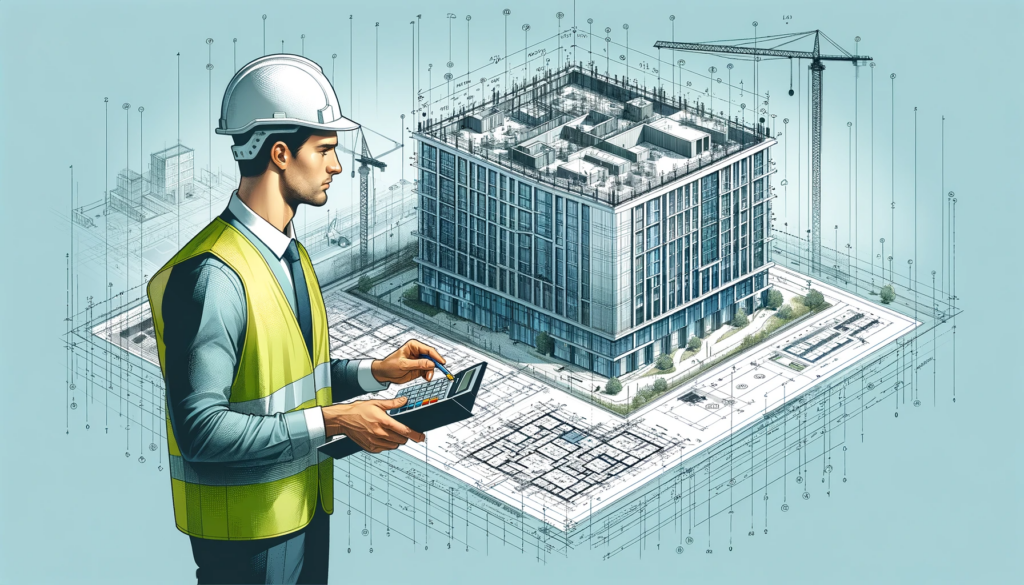Navigating Commercial Construction Cost Estimates in Victoria

As the commercial construction landscape in Victoria continues to evolve, understanding the intricacies of cost estimates becomes paramount for developers, investors, and business owners. This blog post aims to shed light on the key factors influencing commercial construction costs in Victoria and offers insights to navigate these complex estimations.
Understanding the Cost Components
Commercial construction costs in Victoria are influenced by a myriad of factors. These include land costs, design and architecture fees, construction materials, labour costs, and regulatory compliance expenses. Each component plays a crucial role in shaping the overall cost.
Land Costs: Victoria’s real estate market greatly influences land prices. Prime locations in urban areas like Melbourne command higher prices compared to suburban or rural areas.
Design and Architecture Fees: The complexity of the design and the reputation of the architect or design firm can significantly impact the cost. Innovative designs or custom features typically require more resources and thus, incur higher fees.
Construction Materials: The choice of materials has a direct impact on the cost. High-quality, sustainable materials are often more expensive but can lead to long-term savings in maintenance and energy efficiency.
Labour Costs: Victoria’s construction labour market is competitive, and skilled labour comes at a premium. The cost can vary based on the project’s scale and the specialized skills required.
Regulatory Compliance: Adhering to local building codes and regulations, including environmental and safety standards, can add to the project’s cost. However, compliance is essential for legal and ethical reasons.
Factors Influencing Cost Variations
Several external factors can cause variations in commercial construction costs in Victoria:
Economic Trends: Economic conditions such as inflation, interest rates, and the availability of funding can influence construction costs. A robust economy might lead to increased demand and higher prices.
Technological Advancements: The integration of new technologies like Building Information Modelling (BIM) can initially increase costs but ultimately lead to more efficient and cost-effective construction processes.
Environmental Considerations: Sustainable construction practices and materials often come with a higher upfront cost but can lead to long-term savings and compliance with environmental regulations.
Market Demand: High demand for commercial spaces in certain areas can drive up construction costs due to increased competition for resources and labour.
Strategies for Accurate Cost Estimation
Achieving an accurate cost estimate requires a strategic approach:
Detailed Planning: Early and thorough planning, including feasibility studies and budget forecasting, can help in anticipating costs more accurately.
Hiring Expertise: Engaging with experienced construction managers, quantity surveyors, and architects who understand the local market is crucial.
Regular Review and Adjustment: Cost estimations should be dynamic, with regular reviews and adjustments as the project progresses.
Contingency Planning: Setting aside a contingency fund (typically 5-10% of the total cost) can cushion against unforeseen expenses.
In conclusion, commercial construction cost estimates in Victoria are influenced by a complex web of factors. A deep understanding of these factors, coupled with strategic planning and expert input, is essential for developers and investors to navigate this challenging landscape successfully. Staying informed and adaptable is key to ensuring that your commercial construction project in Victoria is both financially viable and successful.
